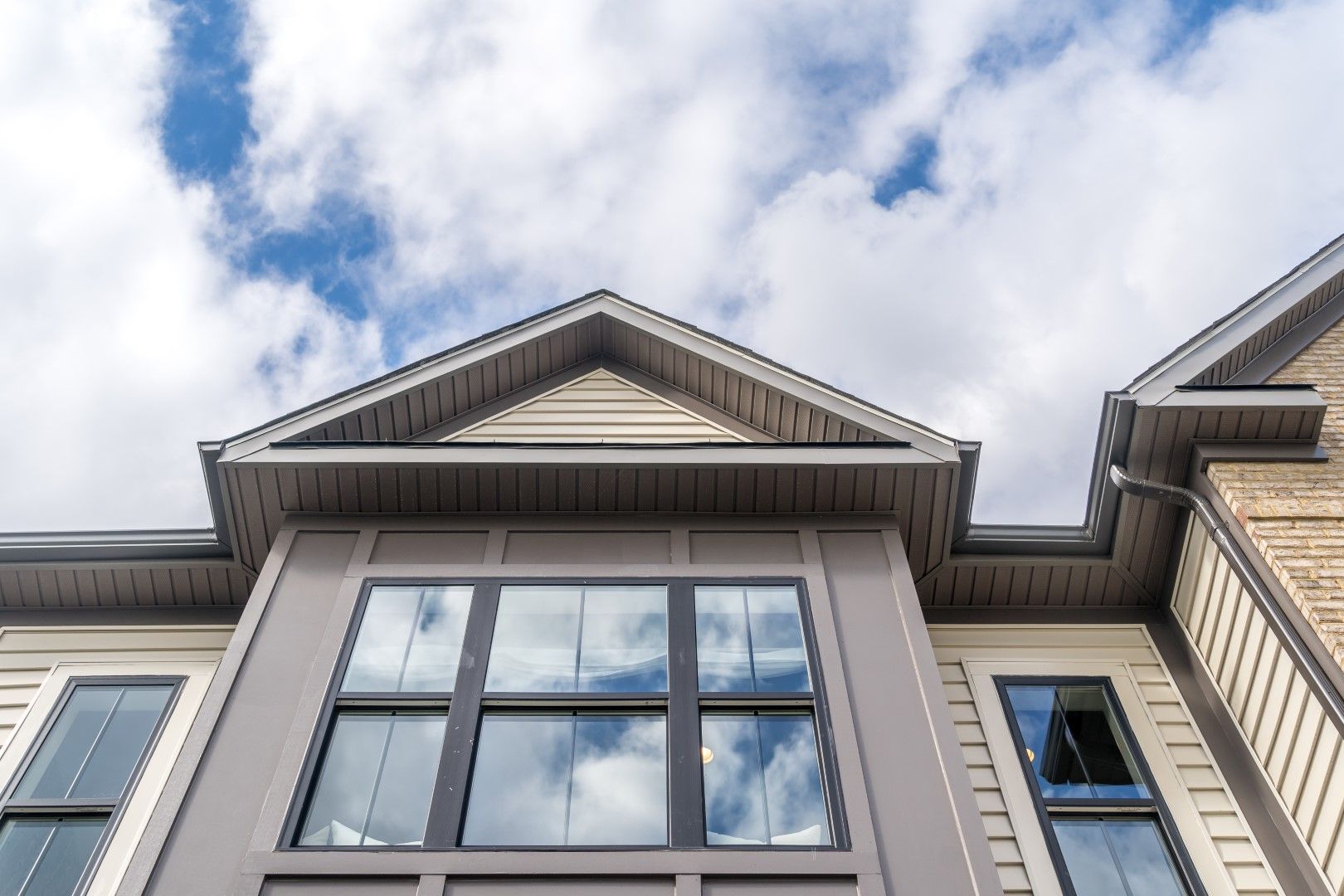Your Roofing Experts In Milford, CT
Vinyl Siding

- Vinyl siding, a type of exterior cladding made from a particular kind of plastic, serves as a protective and decorative layer for your home. Renowned for its durability, affordability, and minimal maintenance, vinyl's aesthetic replicates the classic charm of board-and-batten and shake sidings, often supplanting the use of aluminum or fiber cement sidings. Its versatile color palette further accentuates your home's exterior while protecting it from the elements.

When it comes to identifying the need for replacement, several tell-tale signs are worth noting:
- Visual imperfections such as cracks, holes, or dents, and loose or hanging panels often hint at impending replacements. The causes range from aging siding, rock impacts, hail, or even pest infestations, among other weather-related events.
- Fading vinyl, while not an immediate threat to your home's protection, can diminish its overall aesthetic appeal. Weather conditions, including sunlight, rain, and snow, often contribute to this uneven fading, reducing your home's curb appeal, particularly crucial if you plan on selling.
- Signs of leaks or rotting should warrant immediate attention. Vinyl sidings boast exceptional moisture resistance; however, fungus or mold can infiltrate the barrier when water sneaks beneath the vinyl and reaches the wooden structures of your home. This can lead to severe issues if the moisture enters your home's interior.
- Sudden spikes in your utility bills could also signal compromised vinyl siding. Given its excellent insulation properties, damaged vinyl siding can lose efficiency, causing increased heating and cooling costs. So, if your utility bills are unreasonably high, it might be time to reconsider the condition of your vinyl siding.
As homeowners, you might have some questions regarding vinyl siding, and we're here to answer:
- Can Vinyl siding be painted?
Absolutely! If your vinyl siding has lost its luster or if you fancy a change of color, a fresh coat of paint can rejuvenate your home's exterior.
- How to clean Vinyl siding?
Cleaning vinyl siding is relatively simple. Use a soft cloth or a long-handled soft-bristled brush to prevent streaking and marking. A cleaning solution of 70% water and 30% vinegar is great for tackling mildew and mold stains. For tougher stains, a mixture of powdered laundry detergent, powdered household cleaner, liquid laundry bleach, and water will do the trick.
- How to cut Vinyl siding?
A utility knife works best for longitudinal cuts along a plank. For a few vertical cuts, use tin snips or a hand saw. In addition, a circular saw is another effective tool for cutting vinyl siding.
- How is it installed?
Despite being labor-intensive, installing vinyl siding can be quite straightforward with the right tools and preparation, saving a significant amount of money. Check out this guide for a more in-depth explanation on what to expect
- Where to buy vinyl siding?
Vinyl siding is readily available at home improvement stores like Lowes and Home Depot.
- How long does it last?
Vinyl siding can last anywhere between 20 and 40 years, depending on several factors, including sunlight exposure, weather conditions, and other environmental influences.
- Is Vinyl Siding Recyclable?
Yes, indeed! Vinyl siding is designed for recyclability, meaning that it can be ground down and repurposed to create new products.
In conclusion, vinyl siding is a cost-effective, durable, and low-maintenance solution for your home's exterior. Its protective and decorative features enhance your home's aesthetic appeal while safeguarding it from the elements. However, like all things, vinyl siding has its lifespan, and it's essential to know when it's time for a replacement. So, watch out for the signs, take proper care, and enjoy the benefits of this fantastic building material.